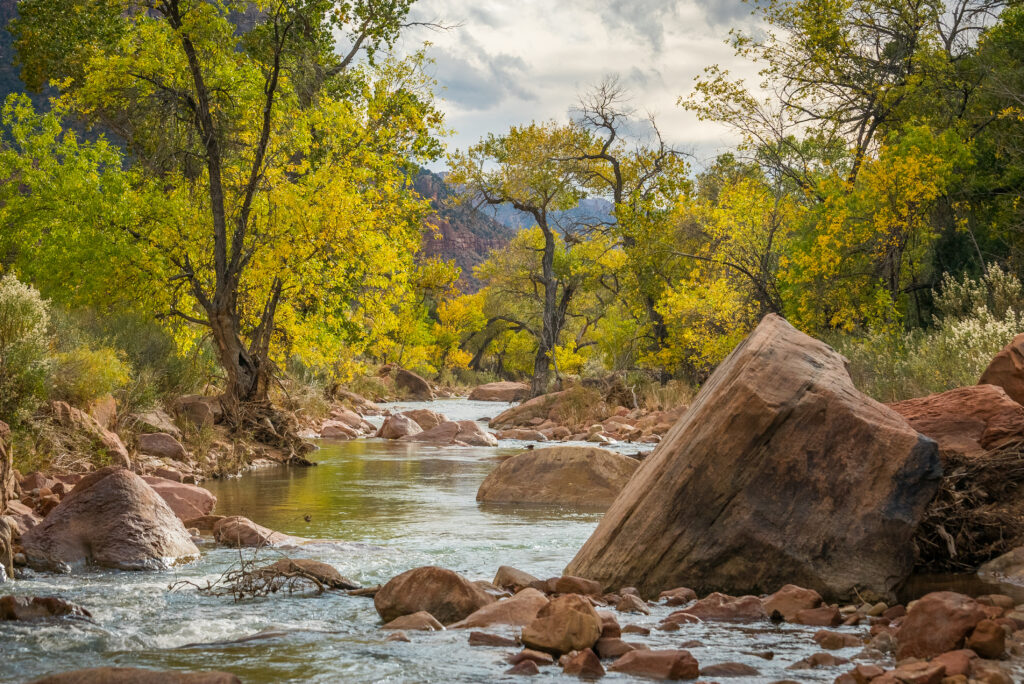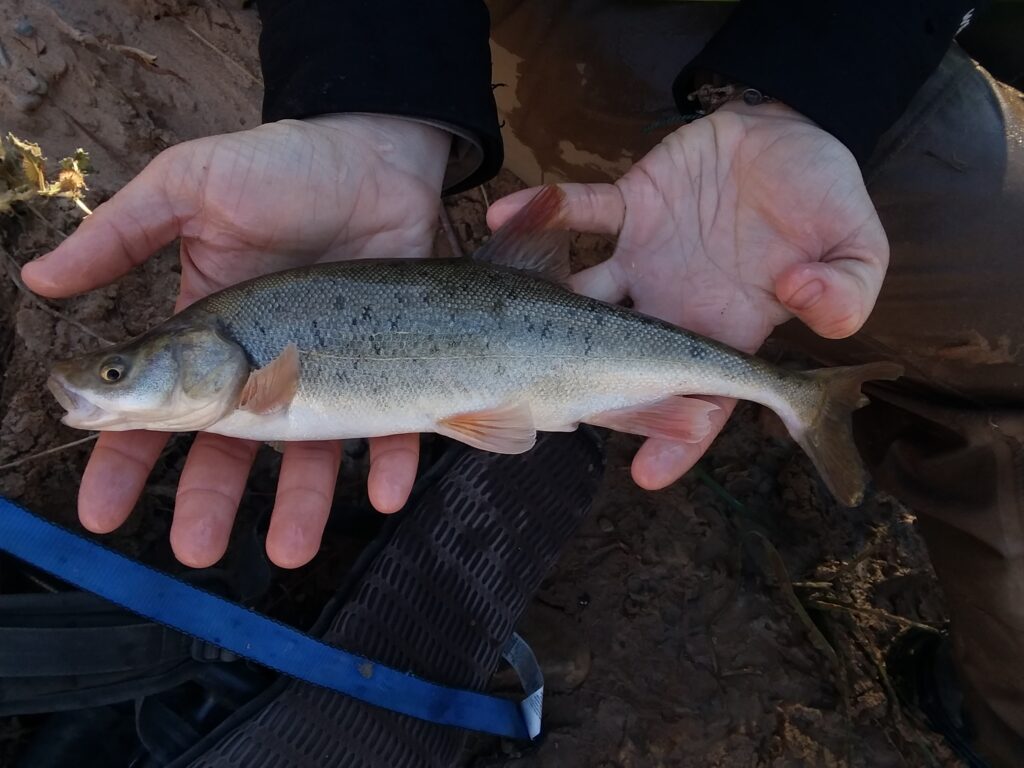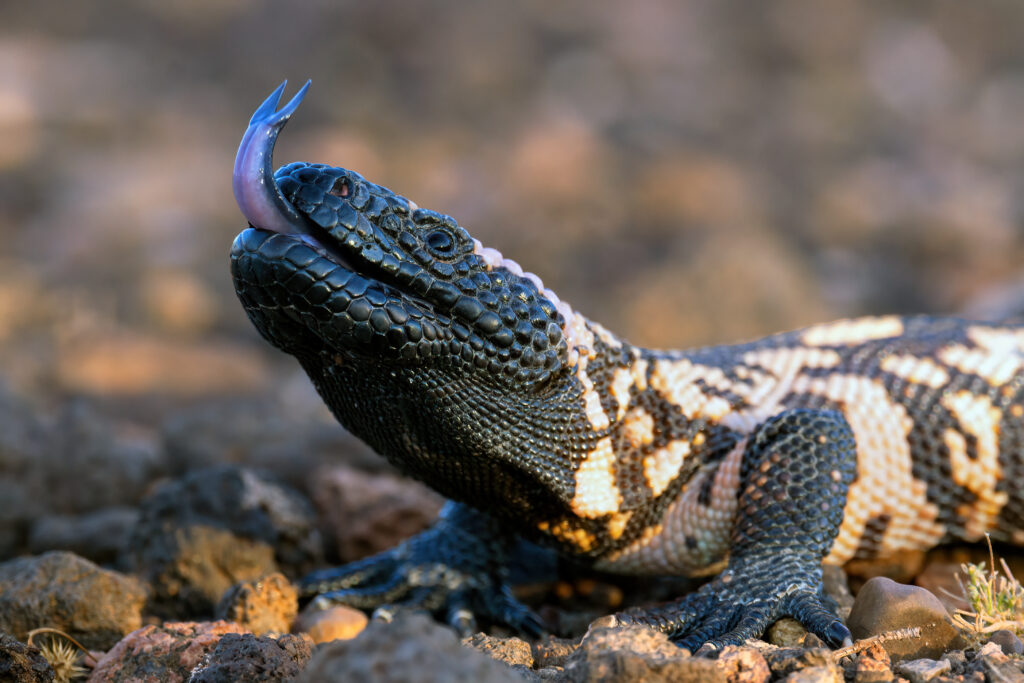conservation
Riparian Habitat Restoration: Maintaining a Jewel in the Desert
Riparian habitats have been in decline throughout the southwestern U.S. since about 1900, as water management practices (i.e., river damming, channelization, and water diversion) have reduced the frequency and intensity of flooding events and the potential for establishment and regeneration of most native woody riparian species. As native willows (Salix spp.) and cottonwoods (Populus spp.)…
Read MoreThe Remarkable Recovery of the Virgin River Chub
Desert Denizen Beautiful and elusive, the Virgin River Chub is the top native predator in the Virgin River. It is a fast, streamlined fish with a sloped forehead, humped back, and thin, rounded tail. Chub can grow to a length of 18 inches and live more than 10 years in the wild. Collaborative Conservation Unfortunately,…
Read MoreBeaver Tales: Southwest Utah’s Ecological Engineers
By Luke Matschek When you look at the seemingly harsh desert landscape and red rock wonderland of southwest Utah, the American beaver (Castor canadensis) might not be the first critter that comes to mind. However, beavers are long-time residents of the Virgin River Basin and can be found in bodies of water throughout the region.…
Read MoreGila Monsters: Beneath the Scales of Utah’s State Reptile
By Tyson Victor Fall is an excellent time to search for one of Utah’s most iconic creatures, the Gila monster. This large lizard spends most of the summer underground to escape the blistering heat, then emerges in the autumn seeking sustenance before winter brumation (akin to hibernation). Washington County, located within the Mojave Desert, is…
Read More


